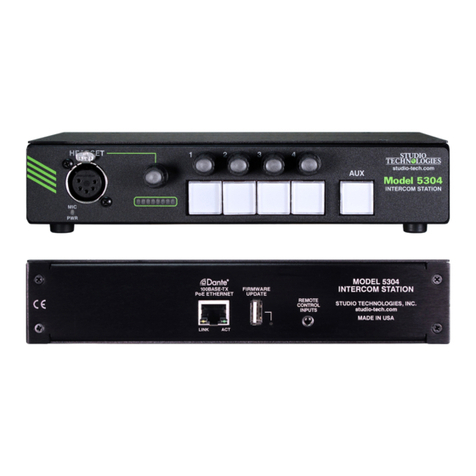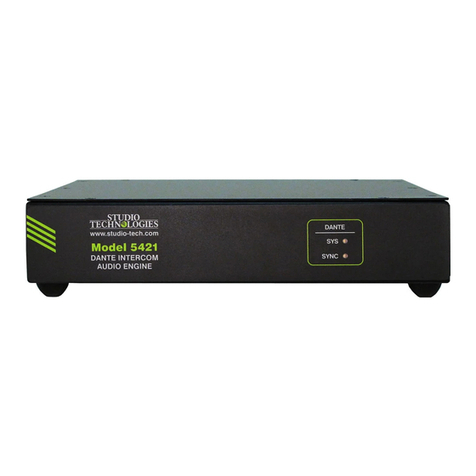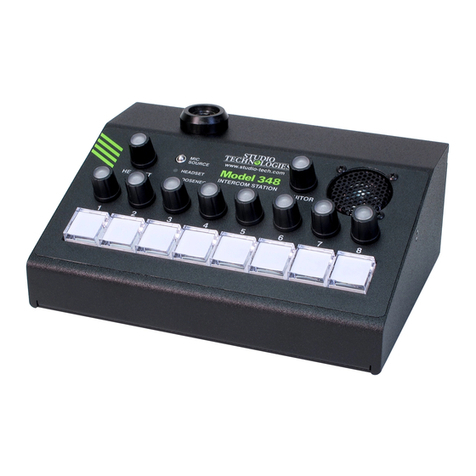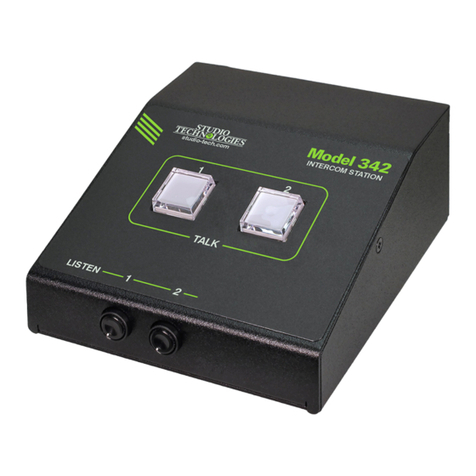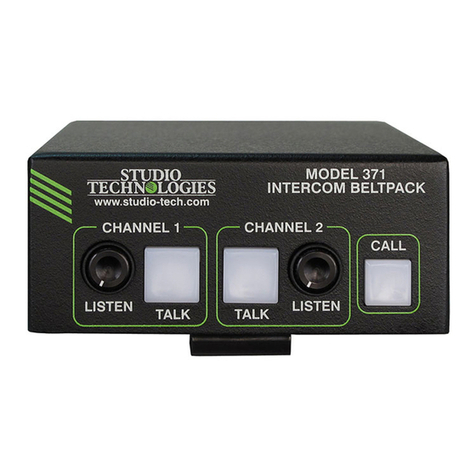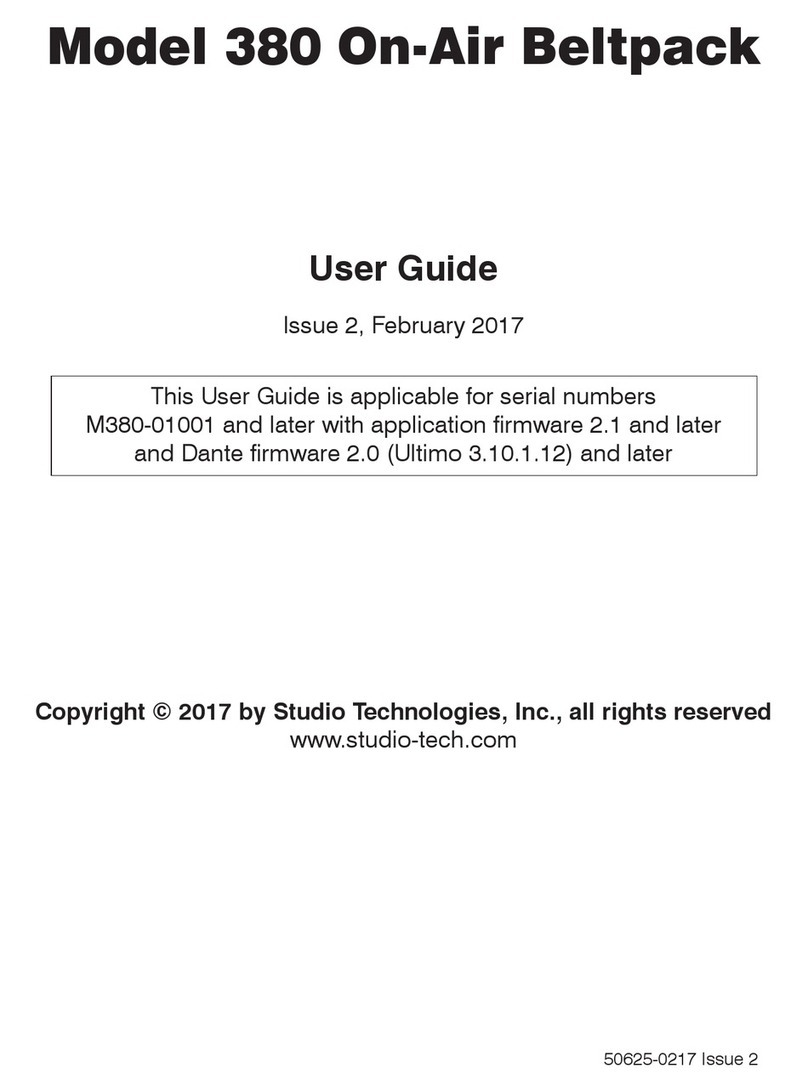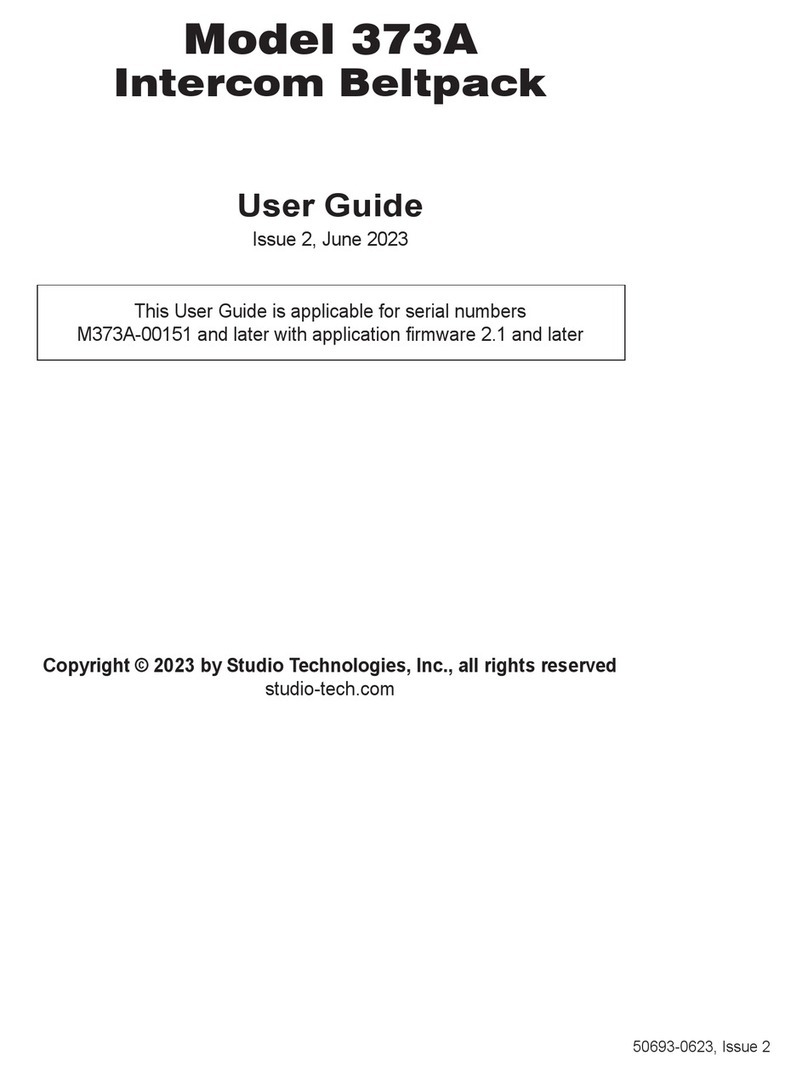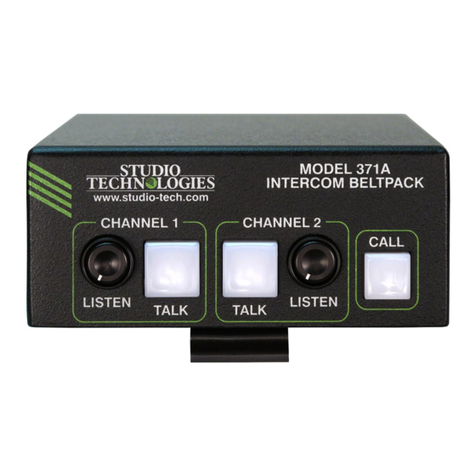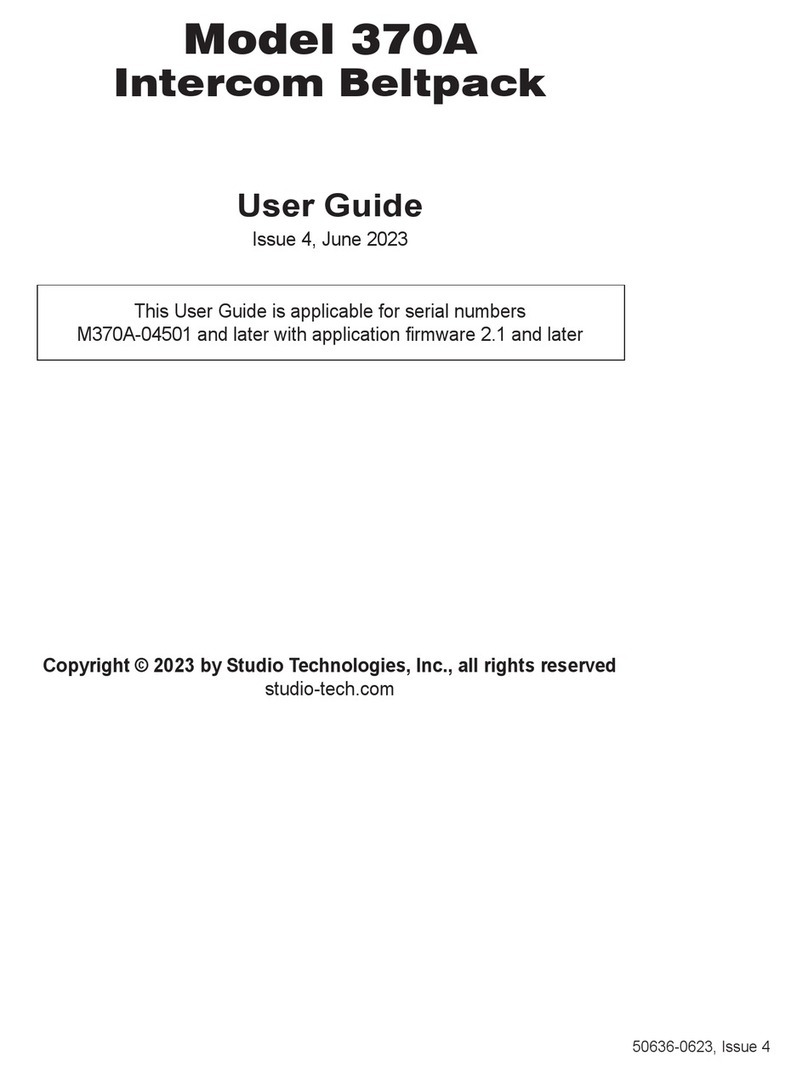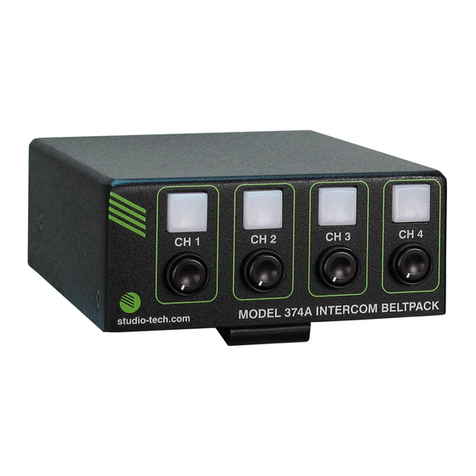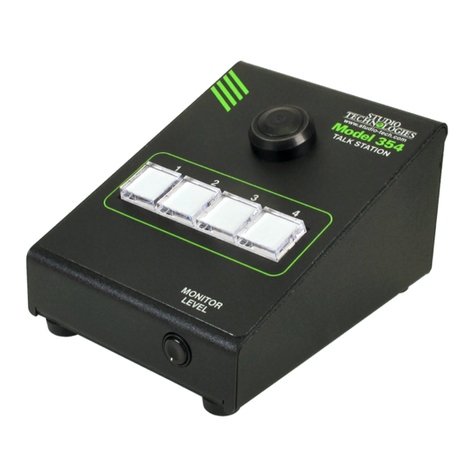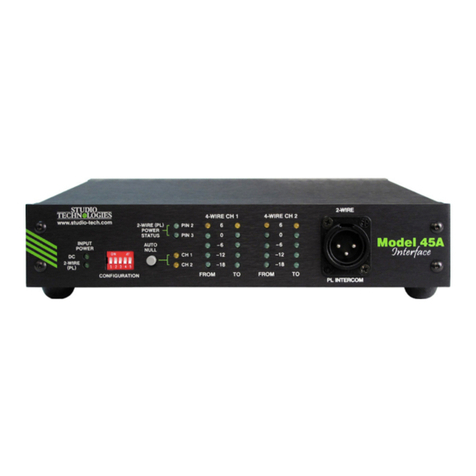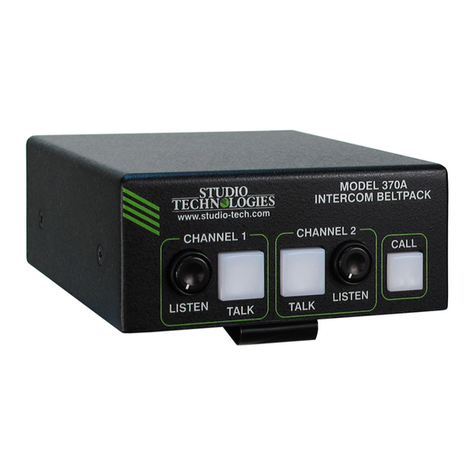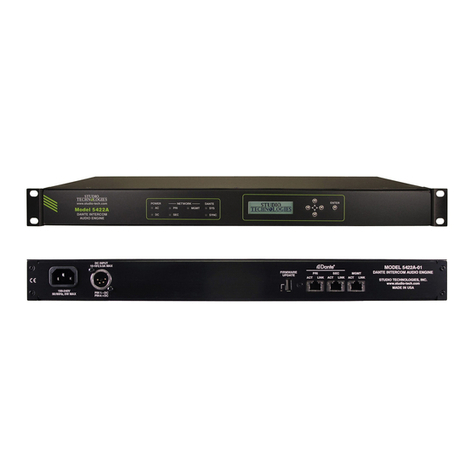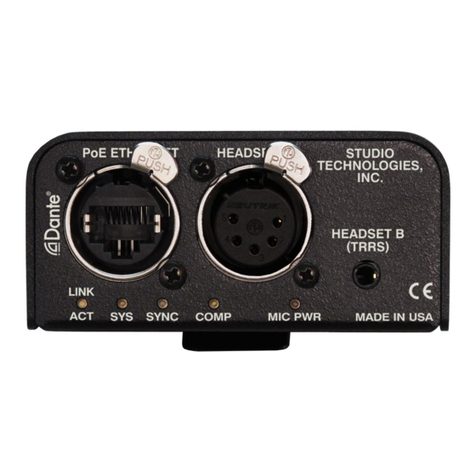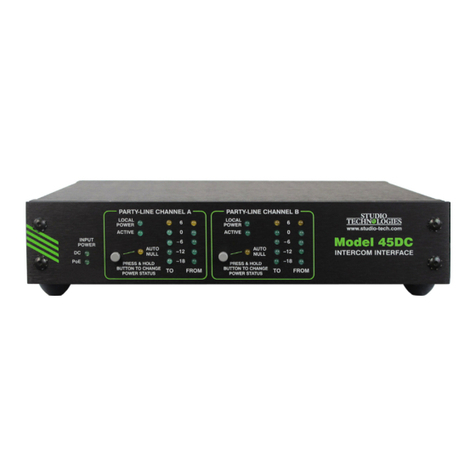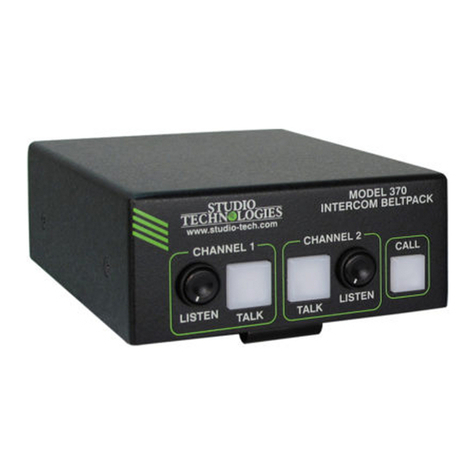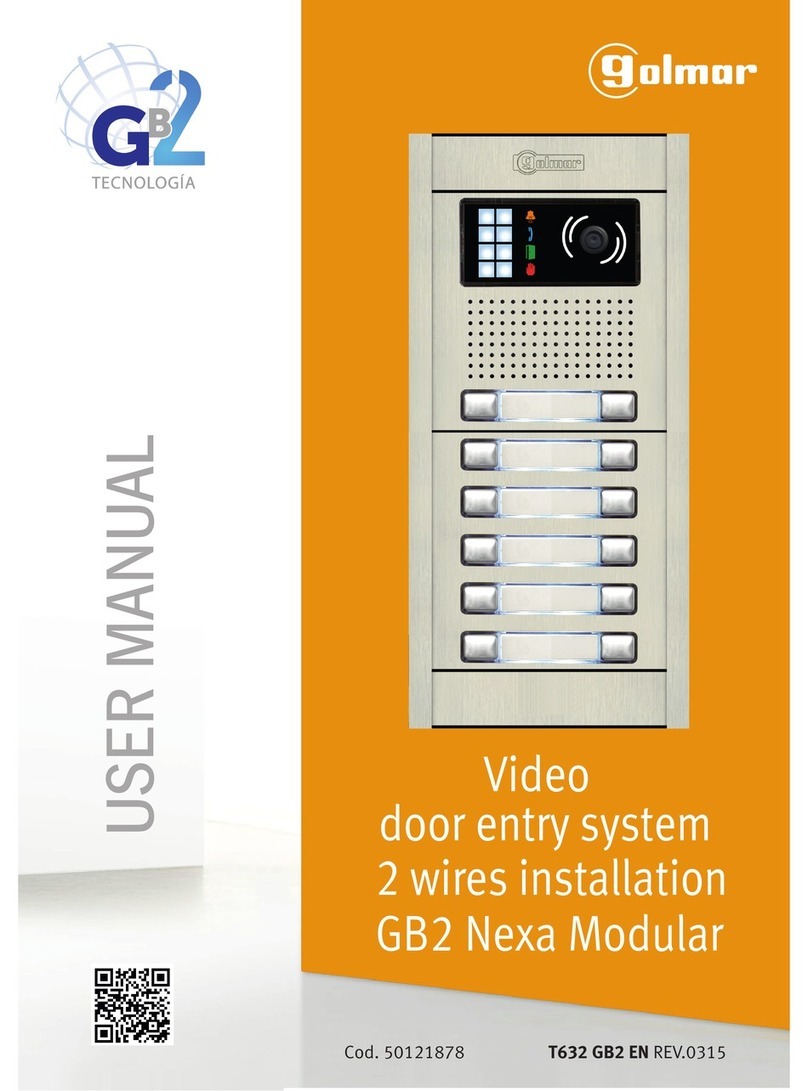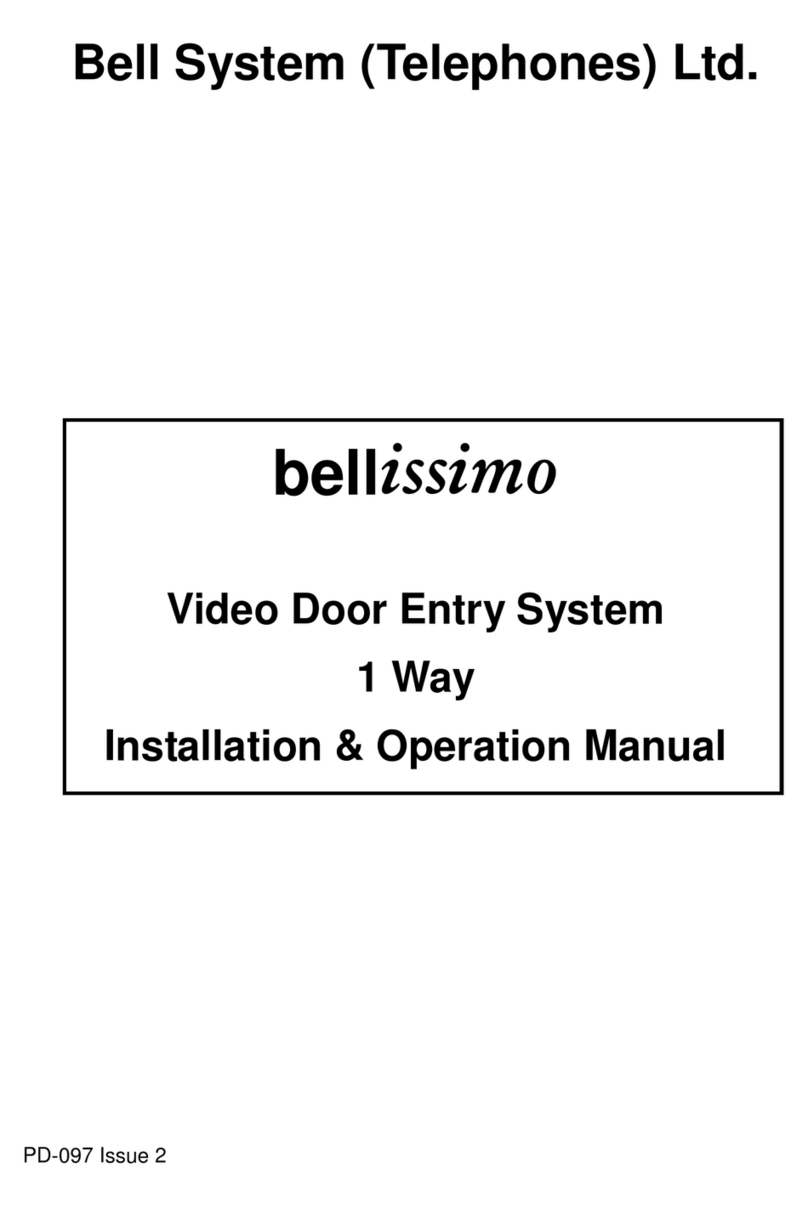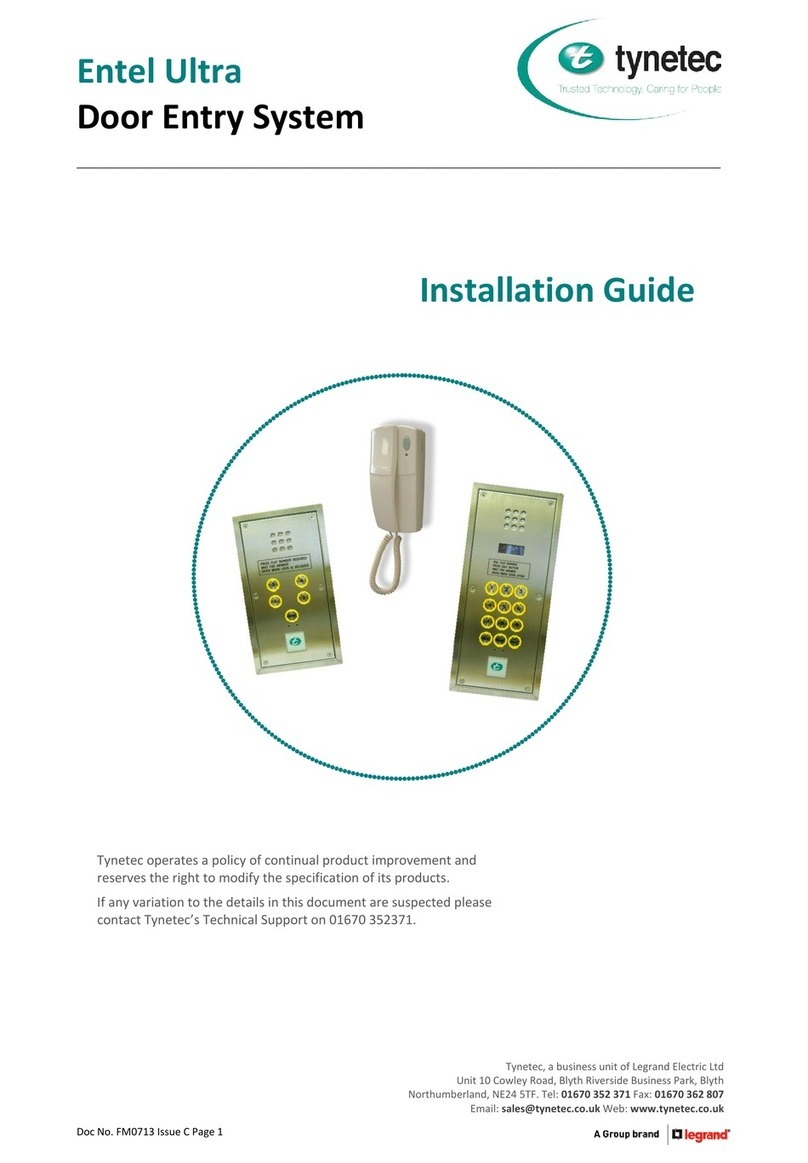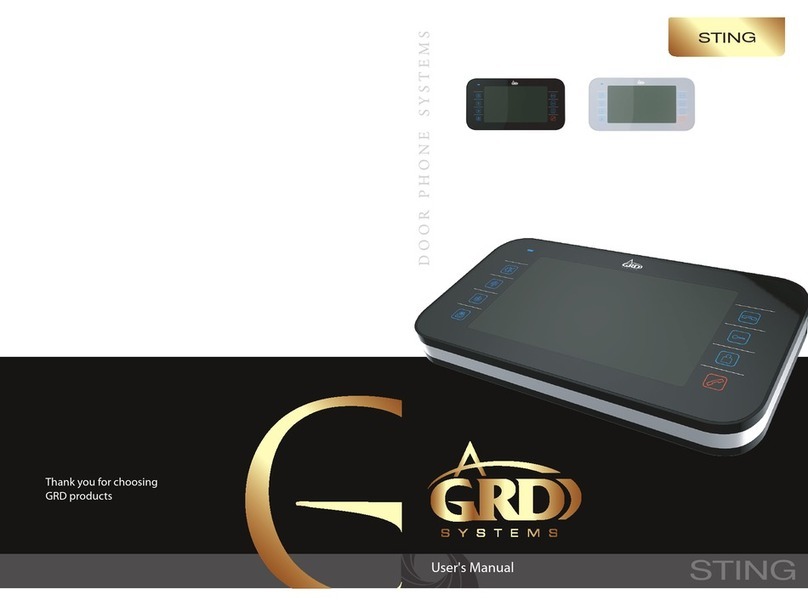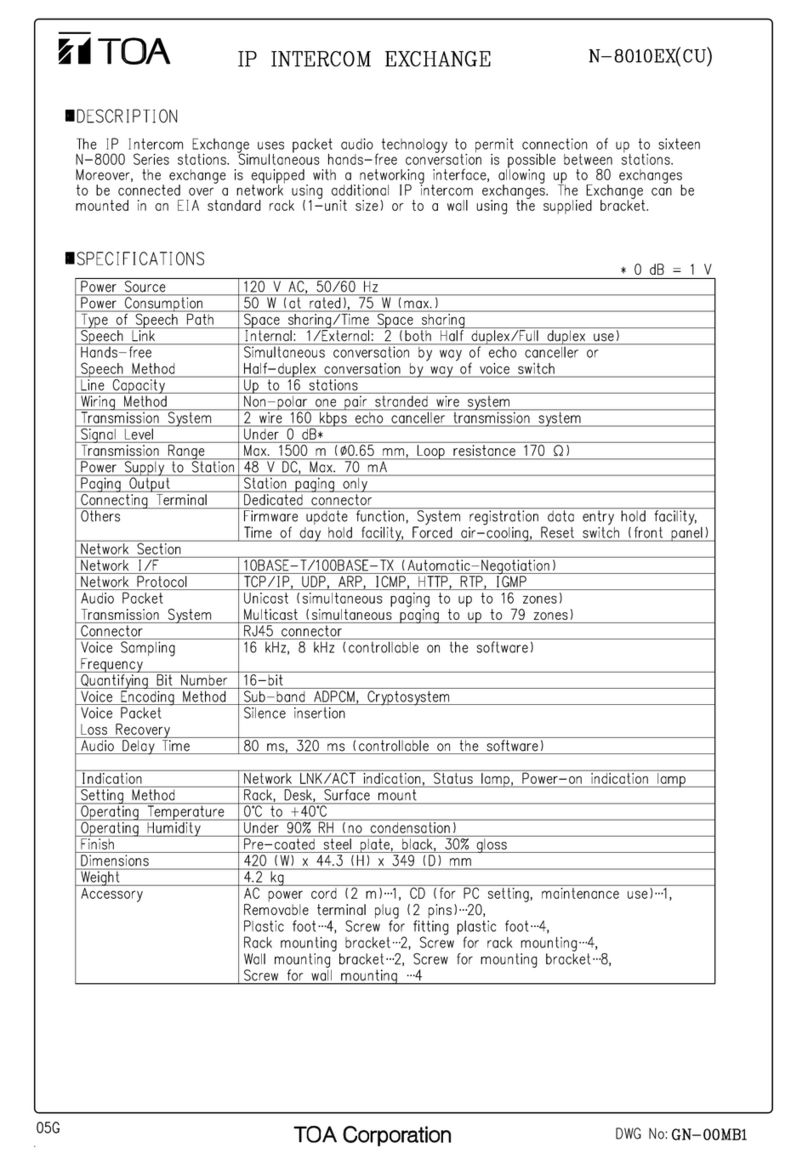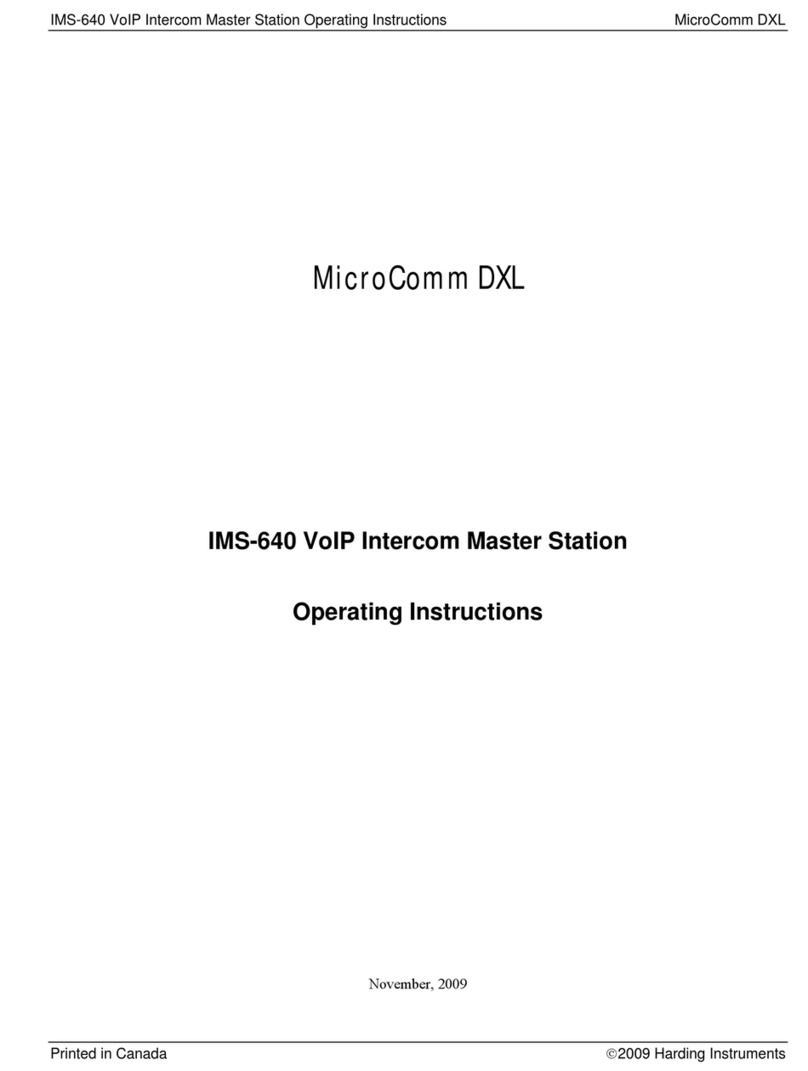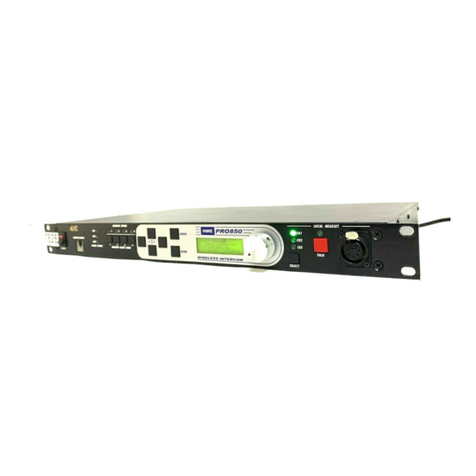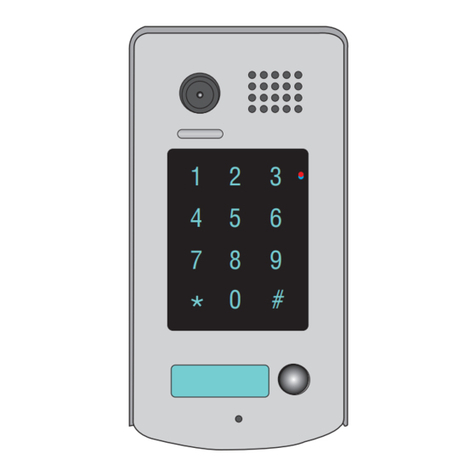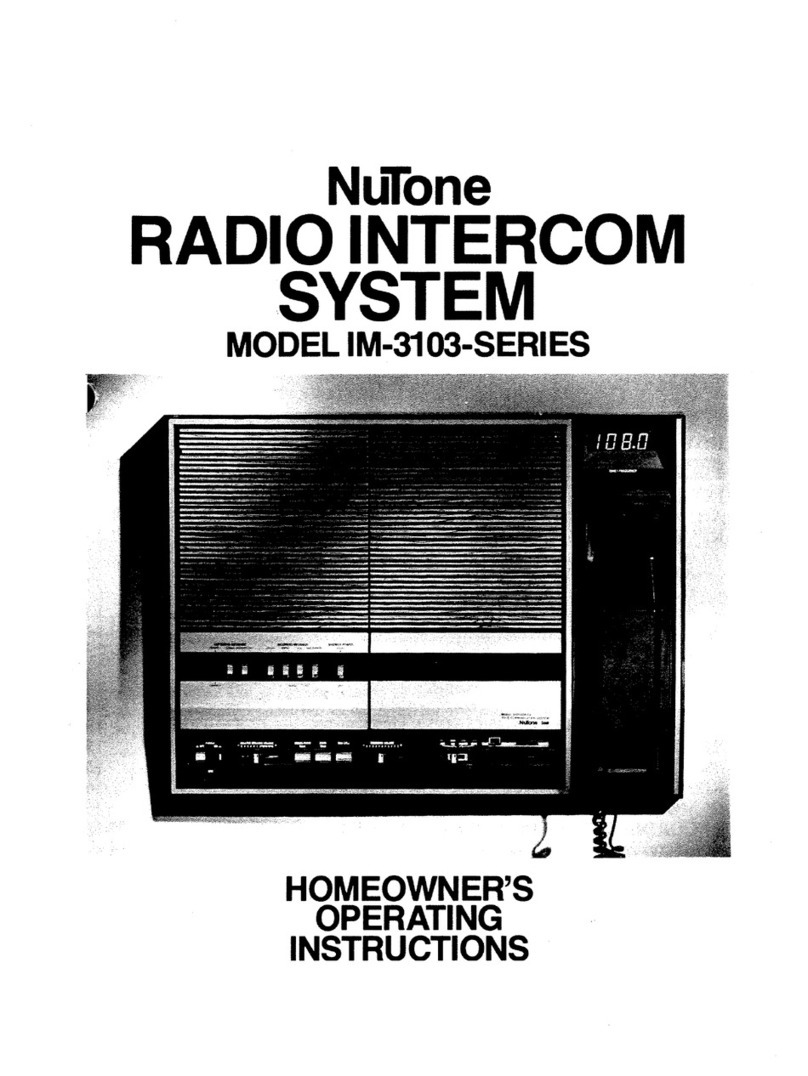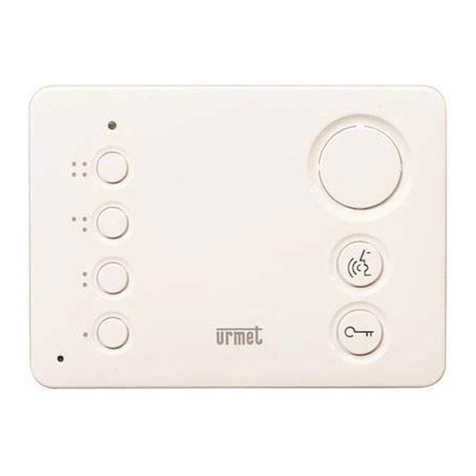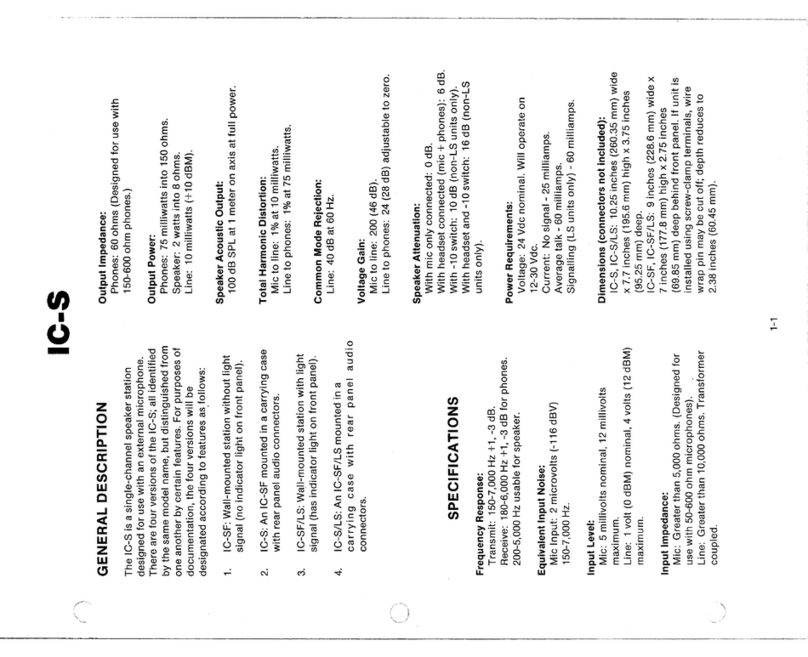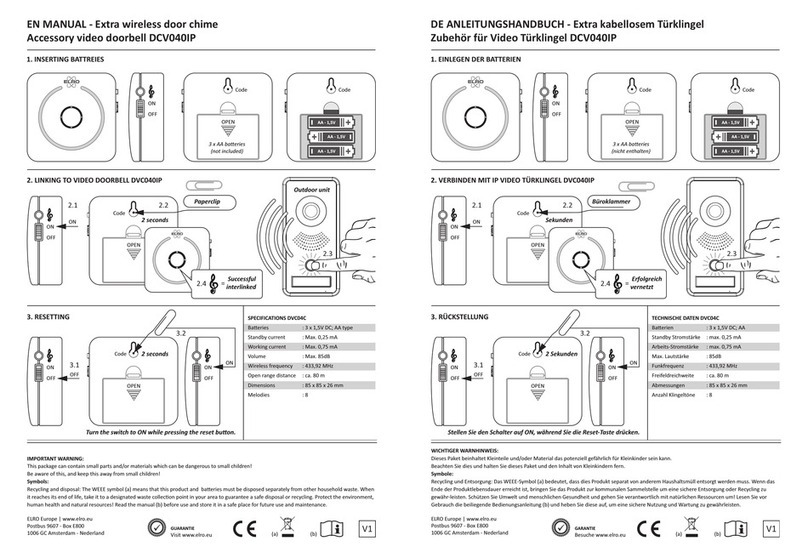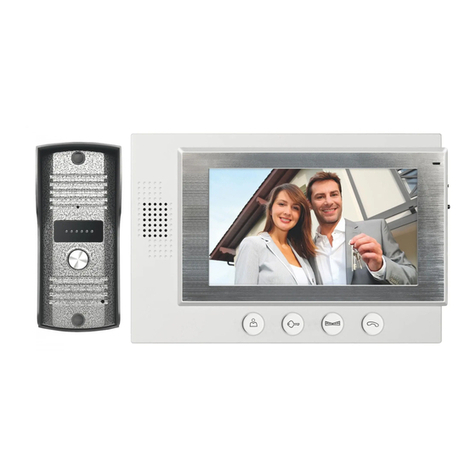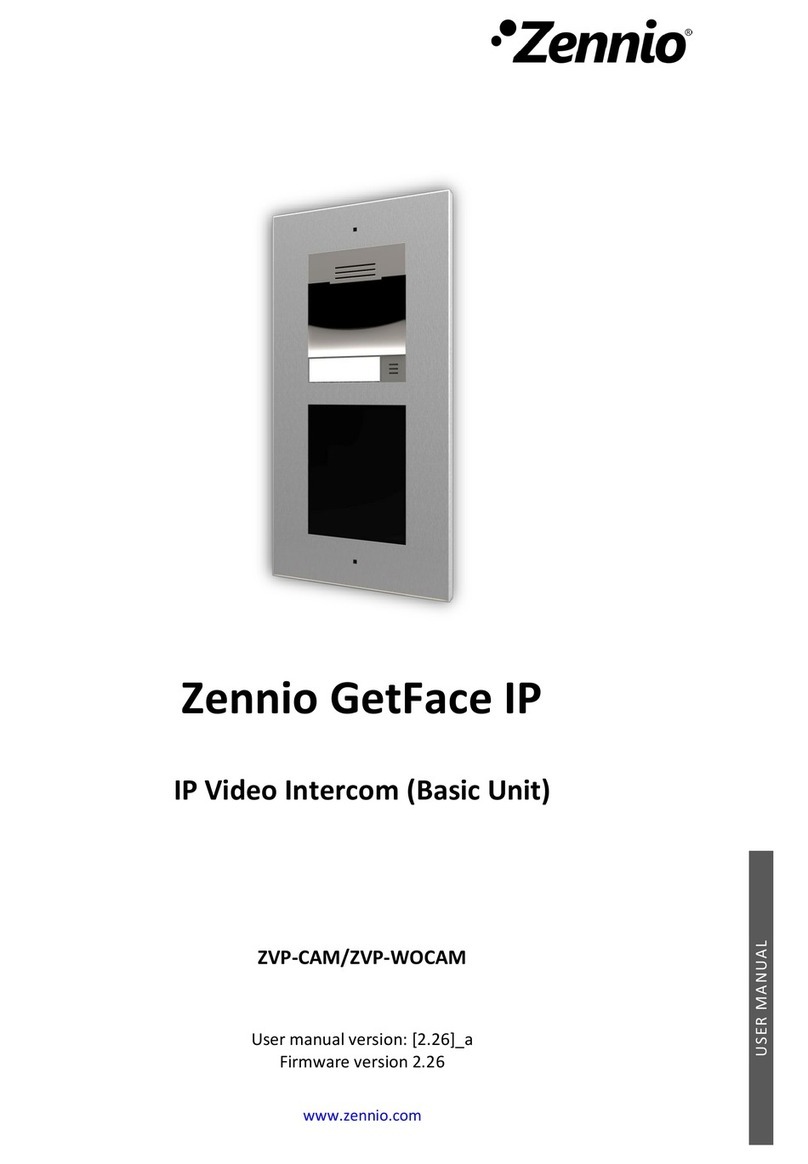
Model 372A User Guide Issue 2. June 2023
Studio Technologies, Inc. Page 11
Model 372A
INTERCOM BELTPACK
When a dynamic microphone is connected to the
Model 372A the 42 dB gain setting should be appro-
priate for many applications. The 36 dB choice may
be correct should the connected microphone have a
high sensitivity (high output level for a given acoustical
input) or an enthusiastic user routinely talks loudly into
the microphone. Setting the gain for 48 dB may be
helpful in some applications, such as with headsets
that have a low microphone output level. The 48 dB
gain setting may also be useful when the Model 372A
is going to be deployed at events where users are not
able to speak at normal levels, e.g., sporting events
such as golf tournaments where “whispering” may
be necessary.
Electret microphones typically have a higher out-
put level due to their internal preamplier circuitry.
As such, less preamplifier gain may be required.
Selecting the 24 or 30 dB gain setting will probably
be appropriate in these cases.
The compressor active LED, labeled COMP and
visible adjacent to the HEADSET A connector, can act
as a guide when setting the microphone preamplier
gain. During normal talk operation the compressor
active LED should light intermittently. If, for example,
with a dynamic microphone the LED rarely lights and
the preamp gain is set to 42 dB it might be a good
idea to change it to 48 dB. If the LED is lit fully during
normal talking in a situation where the headset has
an electret microphone and the gain is set for 30 dB,
changing it to 24 dB might be warranted.
Headphone Output Channel Routing
Choices are Left, Right, and Left and Right.
Two Dante transmitter (output) channels can be
assigned to the Model 372A’s two Dante receiver
(input) channels using the Dante Controller appli-
cation. How these two audio signals are routed to
the Model 372A’s headphone output channels can
be independently configured. For flexibility, each
input source has three routing options. They can be
independently congured for sending only to the left
channel, only to the right channel, or sending to both
the left and right headphone output channels.
In some applications, split-mono or stereo operation
will be desired. In this case, input channel 1 might be
routed to the left headphone output while input chan-
nel 2 might be routed to the right headphone output.
When using a stereo or dual-ear headset sending
both inputs to both headphone output channels is
often referred to as a dual-channel mono output. If
a monaural (“single mu”) headset is used, the Left
conguration option allows the two input channels
to be combined to monaural and sent to just the left
headphone output channel.
Sidetone – Level
Choices are O, Low, Medium Low, Medium,
Medium High, and High.
The Model 372A includes a sidetone function that
allows microphone audio coming from the micro-
phone input section to be sent to the headphone
output. This serves as a user conrmation that they
are actively sending audio to the talk output channel.
Sidetone audio will only be routed to the headphone
output when the talk channel is active. The level of
the sidetone audio can be selected from among ve
values. The correct value is simply the one that makes
the user most comfortable. Sidetone audio can also
be disabled by selecting O. Selecting O would be
useful only in special applications such as during
troubleshooting or where user talk audio is being
returned as part of their listen audio signals. The two
rotary level controls will not impact the sidetone level.
Button Operation – Talk
Choices are Push to Talk, Latching, and Push to
Talk/Tap to Latch.
This conguration section allows selection of how the
talk button will function. When the Push to Talk mode
is selected, the operation is self-explanatory. Only
when the talk button is pressed and held will talk audio
be sent out the Dante transmitter (output) channel.
When the Latching mode is selected, tapping
(momentarily pressing) the button will cause the func-
tion to “latch” into the talk active mode. Tapping the
button again will cause the function to “unlatch” and
talk will no longer be active.
When the Push to Talk/Tap to Latch mode is selected,
a “hybrid” function of sorts is enabled. Pressing and
holding the talk button will enable audio to be sent
out the Dante transmitter (output) channel. When the
button is released, audio will stop being sent out the
transmitter channel. Tapping (momentarily pressing)
the button will cause the function to “latch” into the talk
active mode. Tapping the button again will cause the
function to “unlatch” and talk will no longer be active.




















